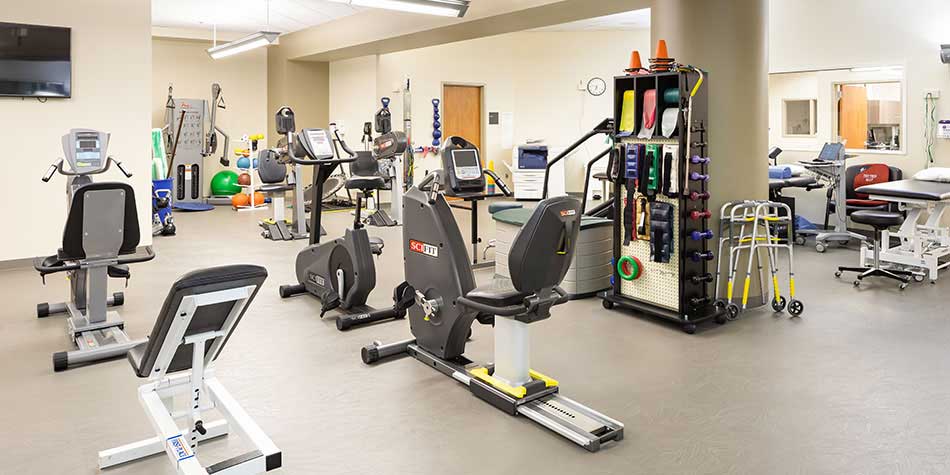Investigating the Impact of Hands-on Treatment Techniques on Reducing Muscle and Joint Discomfort and Enhancing Patient Results
Investigating the Impact of Hands-on Treatment Techniques on Reducing Muscle and Joint Discomfort and Enhancing Patient Results
Blog Article
Hands-on therapy techniques are hands-on approaches used by healthcare professionals to address muscle and joint pain. These methods include various forms of adjustment and movement of the body’s muscles and articulations. The goal of manual treatment is to relieve discomfort, improve mobility, and enhance overall function. Numerous people suffer from musculoskeletal discomfort due to trauma, poor alignment, or conditions like joint inflammation. By applying manual treatment, practitioners aim to tackle these issues and help patients recover their quality of living.
One common hands-on treatment method is vertebral adjustment. This method involves applying controlled force to the spine to improve alignment and reduce pain. Studies has demonstrated that vertebral adjustment can be effective in treating lower back pain and cervical discomfort. Another method is gentle connective tissue mobilization, which focuses on relieving tightness in the muscles and connective tissues. This can help reduce stiffness and improve flexibility, making it easier for patients to move without discomfort. Both techniques can be tailored to meet the specific needs of each patient, ensuring a personalized approach to treatment.
In addition to pain alleviation, hands-on treatment can improve client results in multiple aspects. For instance, it can improve circulation, which helps deliver oxygen and nutrients to the affected regions of the system. Improved blood flow can also Look At This promote healing and reduce inflammation. Furthermore, manual therapy can help patients develop better physical consciousness, which is crucial for avoiding subsequent trauma. By comprehending how their physiques function, patients can make more informed choices about their activities and alignment, leading to sustained advantages.
The efficacy of hands-on treatment is often supported by patient feedback. Many individuals report significant improvements in their pain intensity and overall performance after undergoing care. This positive response can lead to increased drive for clients to participate in rehabilitative activity and rehabilitation exercises. When clients feel improved, they are much likely to participate in their recovery process, which can additionally improve their results. This collaborative approach between the therapist and the client is essential for attaining lasting results.
In conclusion, hands-on treatment techniques play a vital role in alleviating musculoskeletal pain and improving client results. By applying methods such as spinal manipulation and gentle connective tissue mobilization, healthcare professionals can help clients recover mobility and reduce discomfort. The advantages of hands-on therapy extend further than instant discomfort relief, as it also promotes healing and encourages clients to take an proactive role in their recovery. As more individuals look for efficient treatments for musculoskeletal issues, manual treatment remains to be an important choice in the realm of healthcare.